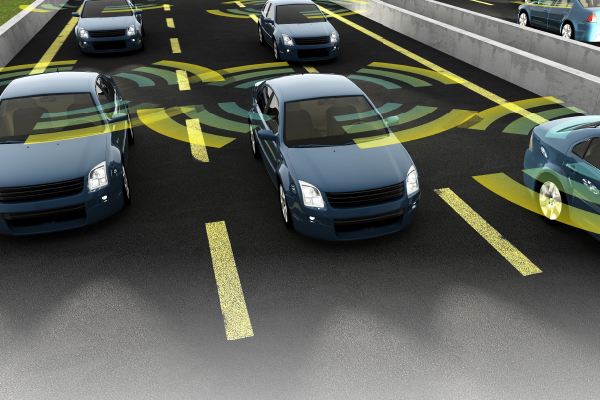With an anticipated global connected vehicles parc of more than 200 million by 2025, automotive original equ ipment manufacturers (OEMs) are looking to seize a competitive advantage by offering space-age customer experience.
ipment manufacturers (OEMs) are looking to seize a competitive advantage by offering space-age customer experience.
They are employing personalisation based on Artificial Intelligence(AI), virtual assistants, digital cockpit, and data monetisation solutions to deliver a rich Internet of Things (IoT) user experience to an increasingly demanding customer base.
“Between 2017 and 2022, OEMs will require a suite of solution providers and data aggregators to deliver meaningful data to consumers across industries, government agencies, and smart city implementers,” said Krishna Jayaraman, Programme Manager, Connectivity & Telematics, at Frost & Sullivan. “Consequently, automotive ecosystem participants are partnering with and investing in data aggregators, technology providers, data consumers, and data-driven analytics companies to generate new revenue streams using mobility services and IoT applications.”
Frost & Sullivan’s recent analysis, Global Connected Car Market Outlook, 2018, presents the key announcements of automotive participants such as OEMs, Tier 1 suppliers, as well as semiconductor and technology companies. It examines the top connected services, navigation, telematics, data monetisation, and IoT-related trends. It also covers aftermarket connected car solutions and features a dedicated section on human-machine interface (HMI) solutions, from touch screens to voice recognition.
Meanwhile, the new synergies among automotive and ICT companies are giving rise to a new breed of business models such as revenue per transaction, event-based pricing, and subscription pricing. When developing these models, automotive OEMs take into account the value customers place on data, mobility, connectivity, customer centricity, and cybersecurity. Luxury OEMs such as Volvo, Cadillac, and Porsche are among the brands that have already launched subscription deals.
“By 2021, when connected car data and transaction volume increase significantly, OEMs/data aggregators will shift from a subscription model to a customised pricing and revenue-sharing model,” noted Jayaraman. “In response to market demand for higher value, they will also employ Data-as-a-Service models to provide bundled services.”
In addition to data monetisation, innovation will continue to be a priority among top automotive OEMs. Some key OEMs and their next-generation solutions are:
- The Mercedes-Benz User Experience(MBUX): The MBUX infotainment system was based on Connected, Autonomous, Shared, and Electric (CASE). It is intelligent, emotional, and tailored to customers’ needs. Its ease of use and “user-delight features” position Mercedes as a frontline player in the connected car market.
- Bosch’s Personal Assistant: Bosch’s speech assistant behind the wheel, dubbed Casey, will be embedded in the vehicle. The system understands and speaks 30 different languages.
- GM’s new electric vehicle architecture and infotainment system: This device will be capable of receiving over-the-air(OTA) updates.
- Amazon Alexa: BMW and Miniwill have Alexa integrated into all models.
- Renault’s bio-inspired vision technologies are geared towards autonomous scenarios.
Global Connected Car Market Outlook, 2018 is part of Frost & Sullivan’s global Automotive & Transportation Growth Partnership Service programme.





